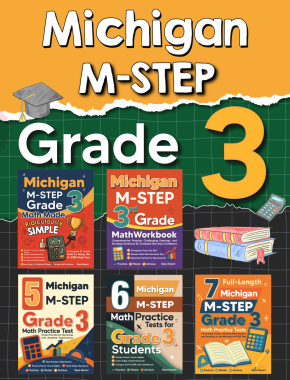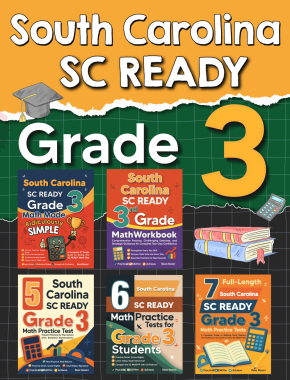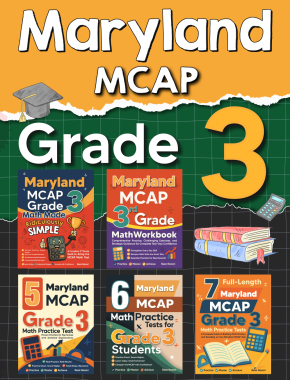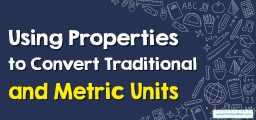Metric Units

| Kilogram | Hectogram | Decagram | Gram | Decigram | Centigram | Milligram |
| (kg) | (hg) | (dag) | (g) | (dg) | (cg) | (mg) |
| \(1,000\) | \(100\) | \(10\) | \(1\) | \(\frac{1}{10}\) | \(\frac{1}{100}\) | \(\frac{1}{1,000}\) |
| Kiloliter | Hectoliter | Decaliter | Liter | Deciliter | Centiliter | Milliliter |
| (kl) | (hl) | (dal) | (l) | (dl) | (cl) | (ml) |
| \(1,000\) | \(100\) | \(10\) | \(1\) | \(\frac{1}{10}\) | \(\frac{1}{100}\) | \(\frac{1}{1,000}\) |
Tip: Remember, whilst going from bigger units to the lesser units (for instance, kilometers to meters, meters to centimeters, etc.), you multiply the value by an applicable power of ten. In contrast, whilst going from lesser units to bigger units (for instance, millimeters to centimeters, centimeters to meters, and meters to kilometers), divide the value by an applicable power of ten.
Metric Units – Example 1:
Convert to an appropriate Metric unit.
\(4\)meter \(=\)___decimeter
Solution:
\(1\)m \(=10\) decimeter. So, to convert m to decimeter, we should multiply \(4\) by \(10\). Therefore: \(4 × 10=40\). The answer is \(40\) decimeter.
Metric Units – Example 2:
Convert to an appropriate Metric unit.
\(8,000\) milliliter \(=\)___liter
Solution:
\(1\)milliliter= \(\frac{1}{1000}\) liter. So, to convert milliliter to liter we should divide \(8000\) by \(1000\). Therefore: \(\frac{8,000}{1,000}=8\). The answer is \(8\) liter.
Exercises for Metric Units
Convert to an appropriate Metric unit.
- \(\color{blue}{0.04kg=?mg}\)
- \(\color{blue}{23l=?cl}\)
- \(\color{blue}{14km=?m}\)
- \(\color{blue}{300cg=?g}\)
- \(\color{blue}{40,000}\)
- \(\color{blue}{2,300}\)
- \(\color{blue}{14,000}\)
- \(\color{blue}{3}\)
Related to This Article
More math articles
- How to Calculate the Area, Perimeter, and Radius of Quarter Circles
- 4 Best Keyboards for Online Teaching
- 6th Grade NYSE Math Practice Test Questions
- Top 10 5th Grade MEAP Math Practice Questions
- Poker & Probabilities: Is The Game About Luck or Skill?
- How to Understand Dot Product and Cross-Product
- 8th Grade MAP Math Practice Test Questions
- Top 5 Laptop Stands to Help You Teach Online
- Travel-Friendly Teaching Supplies for A Portable Classroom
- Unlock Your Potential: “HiSET Math for Beginners” Comprehensive Guide



















What people say about "Metric Units - Effortless Math: We Help Students Learn to LOVE Mathematics"?
No one replied yet.